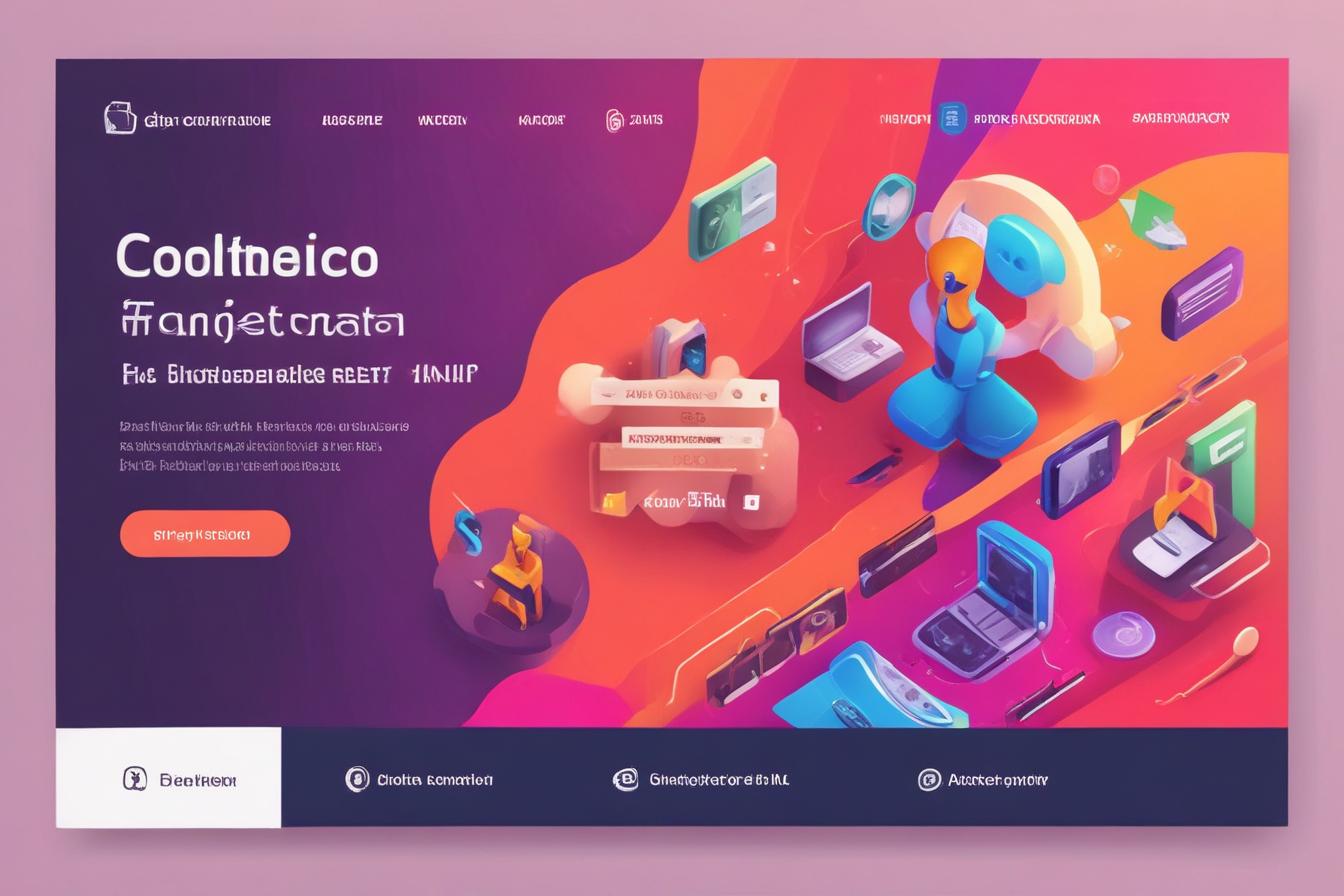What is a Brand Tone of Voice?
In today’s crowded marketplace, crafting an authentic and consistent brand tone of voice is essential for businesses to stand out and connect with their target audience. Your brand’s tone of voice is the personality and emotion conveyed through your written and spoken communication, encompassing everything from website copy and social media posts to marketing materials and customer service interactions.
The Importance of a Distinctive Brand Voice
A strong brand tone of voice helps to:
- Build brand recognition and memorability
- Foster an emotional connection with your audience
- Differentiate your brand from competitors
- Establish trust and credibility
Without a clearly defined brand voice, your messaging can become inconsistent, confusing, and disconnected from your brand identity. This can lead to a disjointed customer experience and ultimately impact your ability to attract and retain loyal customers.

Why a Consistent Tone of Voice Matters
Consistency is key when it comes to your brand’s tone of voice. A unified and recognizable voice across all touchpoints helps to reinforce your brand identity and build trust with your audience. Inconsistency, on the other hand, can create confusion and undermine your credibility.
Benefits of a Consistent Tone of Voice
Maintaining a consistent tone of voice can:
- Enhance brand recognition and recall
- Foster customer loyalty and trust
- Improve customer satisfaction and engagement
- Streamline and simplify your content creation process
By establishing clear guidelines for your brand’s tone of voice, you empower your team to communicate more effectively and efficiently, saving time and resources. This consistency can also help you optimize for search engines and improve your content’s discoverability, as ContentScale.fr demonstrates with its AI-powered, SEO-optimized content generation capabilities.
Defining Your Brand Personality and Voice
Before you can craft an effective tone of voice guide, you need to define your brand’s personality and core values. Your brand personality should align with your target audience, products or services, and overall brand positioning.
Identifying Your Brand Personality Traits
Consider adjectives that accurately describe your brand’s desired personality, such as:
- Friendly and approachable
- Professional and authoritative
- Innovative and cutting-edge
- Playful and humorous
Once you’ve identified your brand’s personality traits, you can begin to shape your tone of voice accordingly. For example, a brand positioning itself as a trusted expert in its field may adopt a more formal, authoritative tone, while a brand targeting a younger, trendier audience might opt for a more casual, conversational voice.

Creating a Tone of Voice Guide
A comprehensive tone of voice guide serves as a valuable resource for everyone involved in creating content for your brand. This guide should clearly define your brand’s personality, voice, and messaging guidelines, ensuring consistency across all channels and touchpoints.
Essential Components of a Tone of Voice Guide
Your tone of voice guide should include:
- Brand personality and core values
- Preferred tone and language style
- Vocabulary and terminology guidelines
- Grammar and formatting rules
- Content examples and best practices
By providing concrete examples and clear guidelines, you can help your team internalize and apply your brand’s unique voice consistently. This can be especially valuable for businesses leveraging AI-powered content generation tools like ContentScale.fr, which can produce high-quality, on-brand content at scale while adhering to your predefined tone and style guidelines.
Implementing Your Brand Tone of Voice
Once you’ve developed your tone of voice guide, the next step is to ensure its effective implementation across your organization. This involves training your team, integrating the guidelines into your content creation processes, and continuously monitoring for consistency.
Steps for Successful Implementation
- Conduct tone of voice training sessions for all content creators and stakeholders
- Incorporate tone of voice guidelines into your content creation workflows and approval processes
- Regularly review and provide feedback on content to ensure adherence to the guidelines
- Update the tone of voice guide as needed to reflect changes in your brand or market
By prioritizing tone of voice consistency across all customer touchpoints, you can create a cohesive and memorable brand experience that resonates with your target audience.

Measuring the Impact of Your Tone of Voice
Developing and implementing a brand tone of voice guide is just the first step. To ensure its effectiveness and continuously improve your messaging, it’s important to measure the impact of your tone of voice on key performance indicators (KPIs).
Metrics to Track
Some relevant metrics to track include:
- Brand awareness and recognition
- Customer engagement and sentiment
- Content performance (e.g., click-through rates, dwell time, conversions)
- Customer loyalty and retention
By analyzing these metrics, you can identify areas for improvement and refine your tone of voice strategy accordingly. This data-driven approach can also help justify the investment in developing and maintaining a consistent brand voice, as you can demonstrate its tangible impact on business goals.
Examples of Effective Brand Tone of Voice
To better understand the power of an effective brand tone of voice, let’s explore a few real-world examples:
- Mailchimp: With a friendly, quirky, and approachable voice, Mailchimp has built a strong brand personality that resonates with its target audience of small businesses and entrepreneurs.
- Lego: Lego’s tone of voice is playful, imaginative, and nostalgic, reflecting the joy and creativity of its iconic building blocks.
- Whole Foods: Adopting a warm, knowledgeable, and health-conscious voice, Whole Foods positions itself as a trusted authority on natural and organic products.
These examples demonstrate how a well-crafted tone of voice can deeply connect with a brand’s target audience, fostering loyalty and trust.
Conclusion
In today’s competitive landscape, a consistent and authentic brand tone of voice is essential for standing out, building emotional connections with your audience, and fostering long-term customer loyalty. By developing a comprehensive tone of voice guide and implementing it across all touchpoints, you can create a cohesive and memorable brand experience that resonates with your target market.
To streamline your content creation process while maintaining brand consistency, consider leveraging AI-powered tools like ContentScale.fr. With its ability to generate high-quality, SEO-optimized content at scale, ContentScale.fr can help you efficiently produce on-brand content while saving time and resources.
Remember, your brand’s tone of voice is a powerful asset that can differentiate you from competitors and drive long-term business success. Invest in crafting an authentic and consistent voice, and you’ll be well on your way to building a strong, memorable brand that truly connects with your audience.

